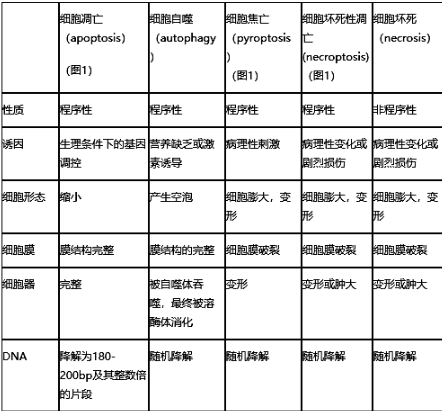Fluorescent Differential Display
Since their first introduction in 1992 (1 ,2 ), differential display (DD) and its relatives have been used extensively in various fields of biology where the identification of differentially expressed messages are of particular interest and importance (for review, see ref. 3 ). These new techniques have several unique advantages over the conventional methods such as differential and/or subtractive hybridization-based ones. They can compare a number of samples in parallel to reveal transcripts of various behaviors, unlike subtractive hybridization techniques that essentially compare two samples unidirectionally. They can detect transcripts of low abundance as well as those showing subtle changes, that would be overlooked by conventional hybridization-based methods. Also, the techniques require only a tiny amount of RNAs to start the analysis so that they can be applied to biological samples that are difficult or impossible to prepare in large amounts.





